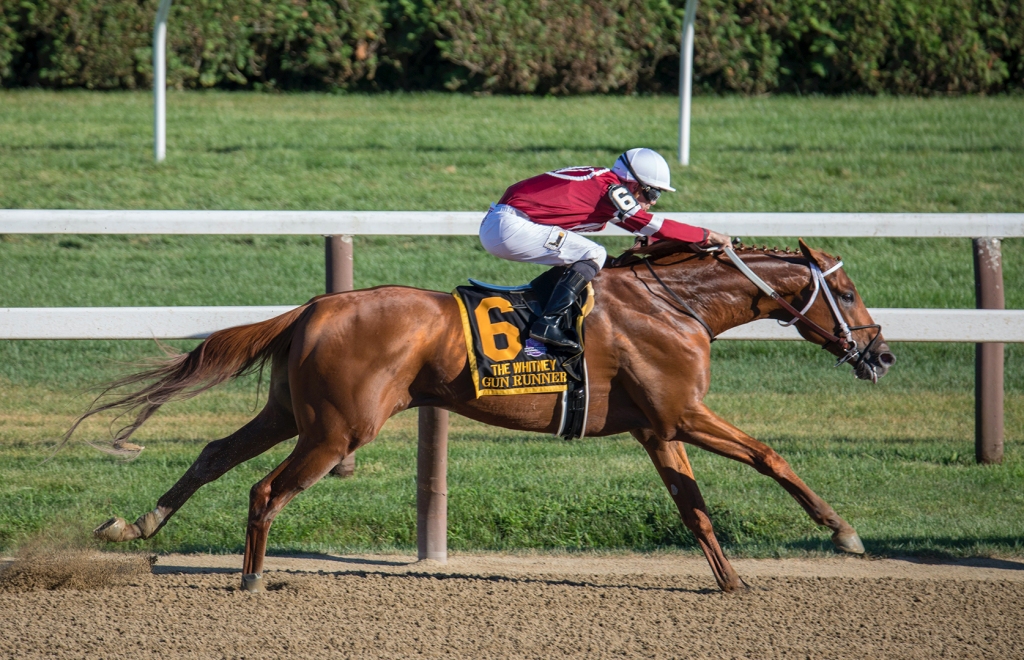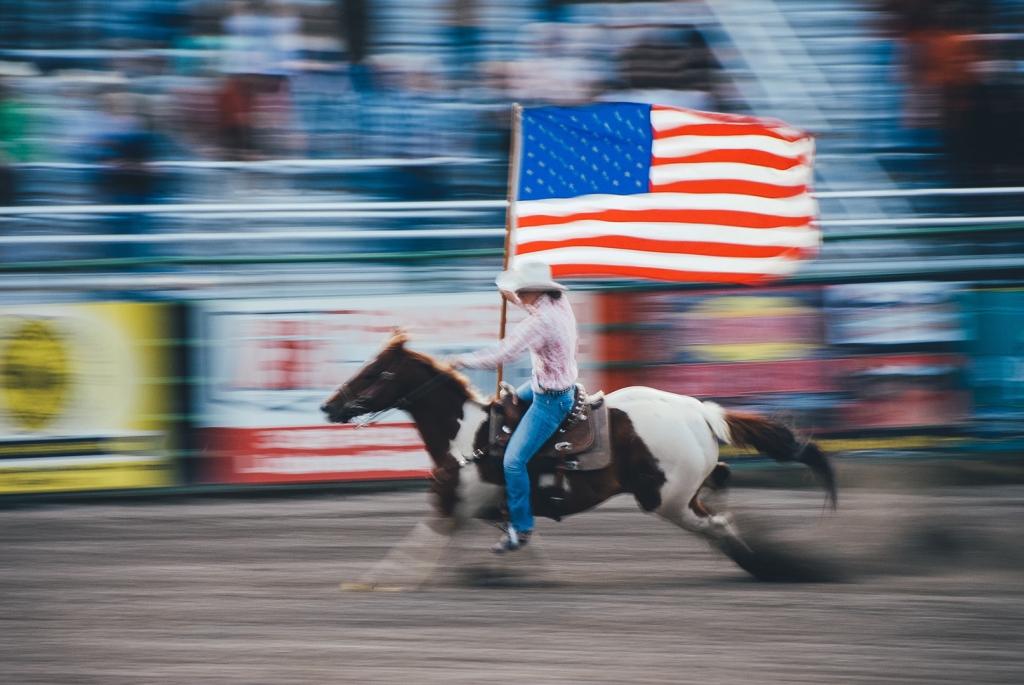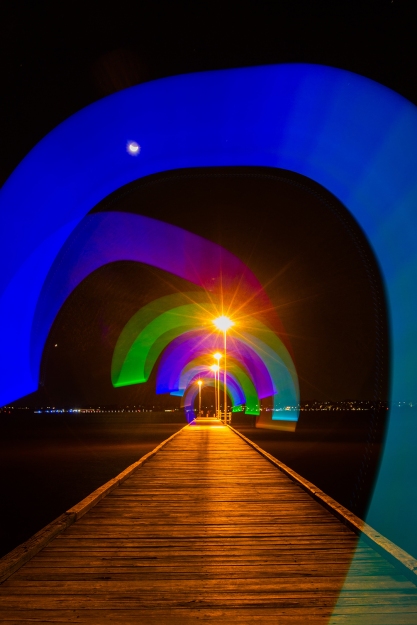by Hailey Plummer
This week I practiced using the aperture setting on my camera. I was already quite familiar with this, but I needed to work on gaining a muscle memory for changing this setting quickly. When adjusting the aperture, opening it (lowering the number) will allow the depth of field to be shallower. This is great for close up shots with blurry backgrounds. I used a lower aperture for the closer up shots of the rocks and the plant in the grass. This kept the foreground blurry and the subject in focus. Opposite to opening the aperture, closing it (raising the number) will make the depth of field deeper. This puts more of the photo in focus. I used the higher aperture setting on my camera to put all of the photo in focus. This was great for two of the photos I took because the whole landscape was clear.
Shallow Depth of Field
Stack of Rocks

4/28/22, 10:35am, BYU-Idaho, 50mm, f/4.5, 1/250 sec, ISO 100, Nikon D3400
Grow’n in the Grass

5/4/22, 11:52 am, BYU-Idaho, 55mm, f/5, 1/4000 sec, ISO 200, Nikon D3400
Deep Depth of Field
Garden in Yellow

5/16/22, 10:06am, BYU-Idaho, 50mm, f/16, 1/100 sec, ISO 200, Nikon D3400
Orchard Aisle

4/16/22, 10:10am, BYU-Idaho, 50mm, f/16, 1/125 sec, ISO 200, Nikon D3400








